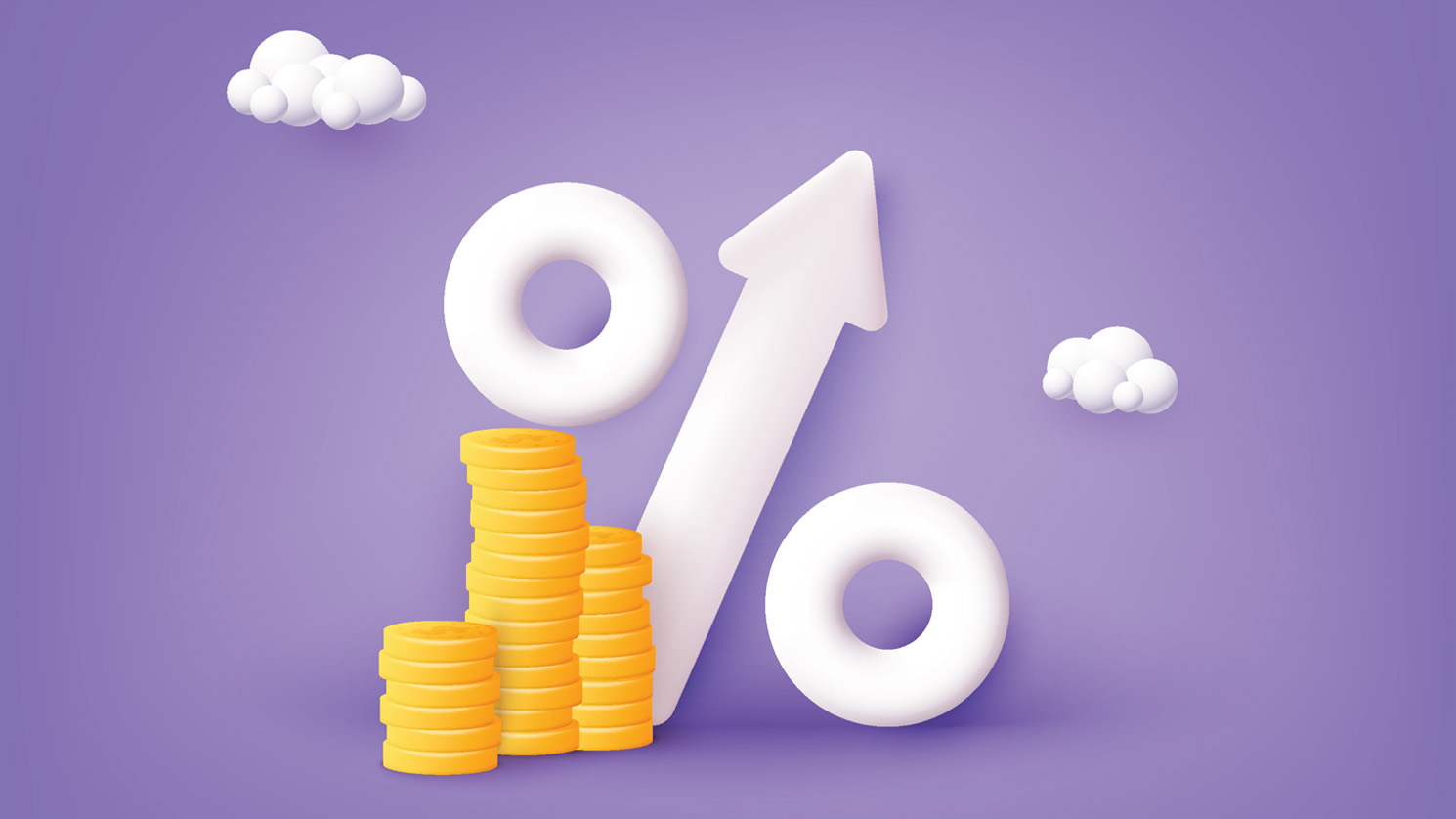Exploring the Impact of Reserve Bank of Australia Interest Rate Changes
Australia is one of the largest economies in the Asia-Pacific region, renowned for its rich natural resources, diverse economic sectors, and vibrant financial markets. The country has experienced steady growth for decades, benefiting from its strong trade ties with global economic giants like China, Japan, and the United States. Australia’s economic resilience, however, is not just the result of its trade partnerships or resource-driven industries. A key player in shaping the nation’s economic landscape is the Reserve Bank of Australia (RBA), which regulates monetary policy to maintain stability in prices, employment, and economic growth.
The RBA’s monetary policy primarily revolves around managing interest rates to achieve these goals. Over the past few decades, the central bank has adjusted its interest rate policies in response to both domestic and global economic conditions. These changes, though often subtle, have profound effects on businesses, consumers, and investors. Understanding the impact of RBA interest rate changes is essential for anyone involved in Australia’s economy, from homeowners to multinational corporations.
The Role of the Reserve Bank of Australia in Interest Rate Policy
 The Reserve Bank of Australia has a critical responsibility in controlling inflation and ensuring that the country’s economy stays on a stable growth path. One of the main tools the RBA uses to achieve this is the cash rate, which is the interest rate on unsecured overnight loans between banks. This rate directly influences the cost of borrowing for households and businesses, affecting spending, investment, and saving decisions throughout the economy.
The Reserve Bank of Australia has a critical responsibility in controlling inflation and ensuring that the country’s economy stays on a stable growth path. One of the main tools the RBA uses to achieve this is the cash rate, which is the interest rate on unsecured overnight loans between banks. This rate directly influences the cost of borrowing for households and businesses, affecting spending, investment, and saving decisions throughout the economy.
When the RBA adjusts the cash rate, the effects ripple across the financial system. A lower interest rate reduces the cost of borrowing, encouraging individuals and businesses to spend and invest more, which can stimulate economic growth. Conversely, higher interest rates raise borrowing costs, dampening consumption and slowing down inflationary pressures. The bank’s decision-making process involves careful analysis of various economic indicators, such as inflation rates, employment data, and global economic trends.
Inflation Control and Economic Growth
One of the primary reasons the RBA changes interest rates is to control inflation. Inflation refers to the rise in prices of goods and services over time, which can erode the purchasing power of consumers and disrupt economic stability. In Australia, the RBA aims to keep inflation within a target range of 2-3% over the medium term. This range is considered conducive to sustainable economic growth without causing undue hardship for consumers or businesses.
When inflation rises above the target range, the RBA may increase interest rates to cool down the economy. Higher interest rates discourage borrowing and spending, slowing demand and reducing upward pressure on prices. On the other hand, when inflation is too low, it may signal weak demand and stagnant economic growth. In such cases, the RBA might lower interest rates to encourage more spending and investment, thereby boosting economic activity and bringing inflation closer to the target.
The Housing Market and RBA Interest Rate Decisions
One of the most significant areas impacted by RBA interest rate changes is the housing market. Australia’s property market plays a crucial role in the country’s overall economy, with many Australians relying on homeownership as a key form of wealth accumulation. Mortgage interest rates are closely tied to the RBA’s cash rate, meaning that any changes in the cash rate will influence how much homeowners pay on their mortgages.
When the RBA lowers interest rates, borrowing becomes cheaper, often leading to an increase in demand for housing. This can drive up property prices, as more people can afford to take out mortgages or upgrade to more expensive homes. Conversely, when the RBA raises interest rates, mortgage repayments become more expensive, which can dampen demand for housing and lead to a slowdown in property price growth. This dynamic makes the RBA’s decisions closely watched by homeowners, prospective buyers, and investors in the property sector.
Impact on the Stock Market and Investment Strategies
Interest rate changes also have a significant impact on the stock market. Generally, lower interest rates are considered positive for stock markets because they reduce the cost of borrowing for companies, potentially increasing profitability and investment in expansion. Additionally, lower rates can make bonds and other fixed-income investments less attractive, pushing investors towards equities in search of higher returns. As a result, stock prices may rise following a rate cut.
However, higher interest rates can have the opposite effect. Increased borrowing costs can squeeze corporate profits, especially for companies heavily reliant on debt. Furthermore, higher rates can make bonds and savings accounts more attractive compared to riskier investments like stocks. This can lead to a sell-off in the stock market as investors shift their money into safer, interest-bearing assets.

Global Economic Influences on RBA Rate Decisions
The RBA’s decisions are not made in isolation. Global economic conditions often play a significant role in influencing the central bank’s policy choices. For instance, the RBA must consider the actions of other major central banks, such as the U.S. Federal Reserve or the European Central Bank, when determining its own rate changes. Global trade dynamics, commodity prices, and geopolitical developments also weigh heavily on the RBA’s policy decisions.
In recent years, for example, the COVID-19 pandemic, inflation surges, and ongoing geopolitical tensions have forced central banks around the world to adjust their policies more frequently and aggressively than in the past. In such an interconnected global economy, decisions made by the RBA are often reactive to shifts in global financial markets, commodity prices, and foreign interest rate movements.
The Reserve Bank of Australia’s interest rate changes have wide-ranging effects on the Australian economy, influencing everything from consumer spending and housing prices to stock market performance and inflation control. While the RBA’s primary goal is to maintain stability, the impact of its decisions reverberates through various sectors, affecting the lives of millions of Australians. Understanding these dynamics is essential for investors, homeowners, and businesses alike, as interest rate changes can shape the economic landscape for years to come.
